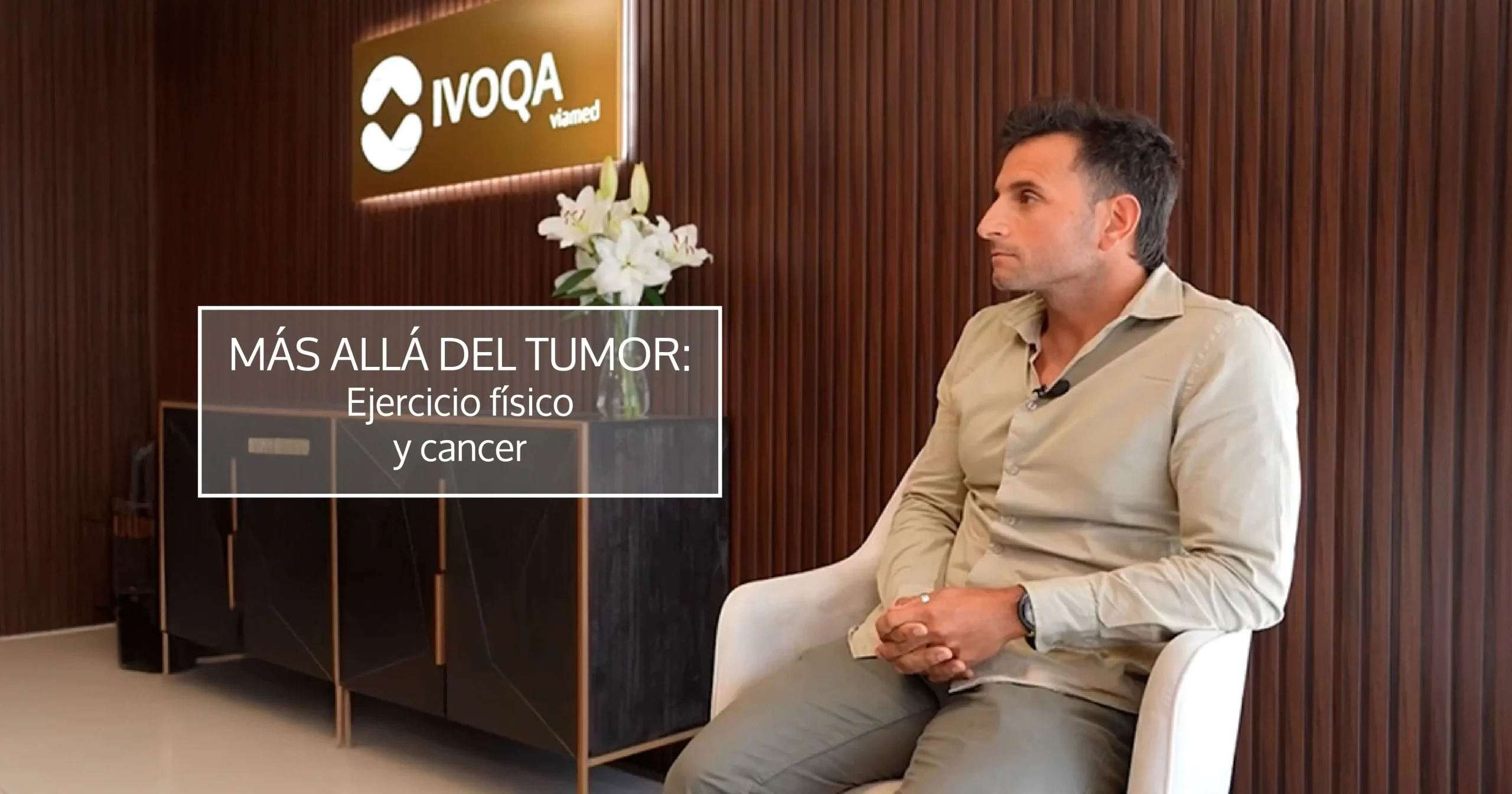In a new installment of the series Beyond the Tumor: Answering Questions About Ovarian and Breast Cancer, organized by IVOQA and the AMOH Association, Omar Tayara, an exercise oncology specialist, explains the importance of physical exercise as a fundamental part of comprehensive cancer management, both during and after treatment. This approach aligns with current integrative oncology recommendations, which promote self-care as an adjunct therapy.
Exercise as a Therapeutic Tool
Physical exercise is not only safe for most people with cancer but also provides multiple physical and emotional benefits. According to Tayara, incorporating adapted physical activity can:
- Improve functional capacity and muscle strength.
- Reduce cancer-related fatigue, one of the most frequent symptoms.
- Enhance mood and reduce anxiety.
- Prevent muscle and bone mass loss.
- Contribute to better tolerance of treatments.
Furthermore, recent studies have shown that regular exercise can positively influence survival and reduce the risk of recurrence, especially in cancers such as breast, colon, and prostate.
Personalized and Supervised Programs
Tayara emphasizes that exercise must be individualized, taking into account the type of cancer, the treatment received, the patient’s prior physical condition, and any possible limitations. Therefore, it is essential to:
- Rely on professionals specialized in exercise oncology.
- Design safe, progressive, and tailored routines for each stage of the process.
- Integrate exercise as part of the overall therapeutic plan.
The prescription of exercise in oncology should follow clinical criteria and be adapted to each patient with the same rigor as any other medical treatment.
Beyond Medical Treatment
Exercise is not only a rehabilitation tool but also a way to regain control, improve self-esteem, and reconnect with the body after the impact of cancer. At IVOQA, movement means health, and it is part of the comprehensive support offered to each patient. This psycho-emotional component is key to improving quality of life during and after cancer, and it strengthens patients’ resilience throughout the oncological process.












